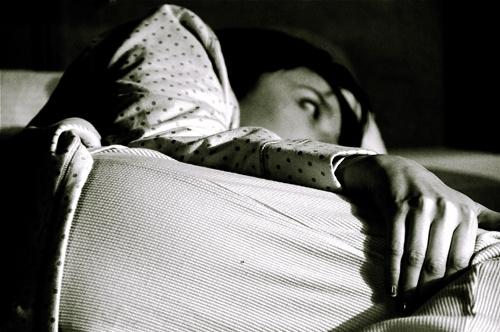8 June 2016. A device that helps people with insomnia get to sleep without taking drugs received clearance for marketing in the U.S. from the Food and Drug Administration. The device, developed by the company Cerêve in Pittsburgh, Pennsylvania, will require a prescription once it’s on the market in the U.S., expected in the second half 2017.
The Cerêve Sleep System is designed to help people reach a state of light sleep, known as stage 1 sleep, by reducing the period of sleep latency or wakefulness that precedes stage 1. For many people — 55 million in the U.S., according to the company — this extended period of sleep latency or failure to get to sleep is called insomnia, a problem with serious personal, economic, and public health implications. Data from 2009 cited by Centers for Disease Control and Prevention show 38 percent of Americans unintentionally fall asleep during the day, and nearly 5 percent fall asleep at the wheel of a car, at least once in the previous month.
The Cerêve system is based on research by psychiatrist Eric Nofzinger while at University of Pittsburgh. Nofzinger’s work with functional MRI images of the brain, associated extended sleep latency periods to cerebral metabolism, particularly in the frontal cortex. The state of hyperarousal, where an overactive mind extends the period of sleep latency, is often a main cause of insomnia.
Nofzinger founded the company in 2008 to commercialize his findings in a device that reduces the level of metabolism in the frontal cortex. The Cerêve system has a pad placed on the forehead that cools the frontal cortex to reduce cerebral metabolism, directed by an electronic controller at the bedside. FDA classified the system as a class 2 medical device, one with moderate risk levels but still requiring regulatory review.
People using the Cerêve device, says the company, can achieve stage 1 sleep without drugs. Cerêve cites data that 9 million Americans take sleep medications, drugs with known safety risks, in a 30-day period.
The company tested the device in clinical trials, including an intermediate-stage trial enrolling 144 participants experiencing insomnia at 6 sites in the U.S. A follow-up study tracked use of the device in homes for 30 days, where individuals reported improved quality of sleep.
“This is the first and only insomnia device,” says Nofzinger in a Cerêve statement, “cleared to reduce sleep latency to stage 1, the first stage of sleep, as well as stage 2, a stage of sleep that typically represents over 50 percent of the sleep period.”
Read more:
- Trial Shows Feasibility of Wearable Dialysis Device
- Patent Given for Non-Invasive Spinal Stimulation Technology
- Sensor Patch Tracks Chemical, Physical Vital Signs
- Smartphone App Helps Deal with Negative Moods
- Phones, Wearables Studied to Monitor Brain Disorders
* * *


 RSS - Posts
RSS - Posts
You must be logged in to post a comment.